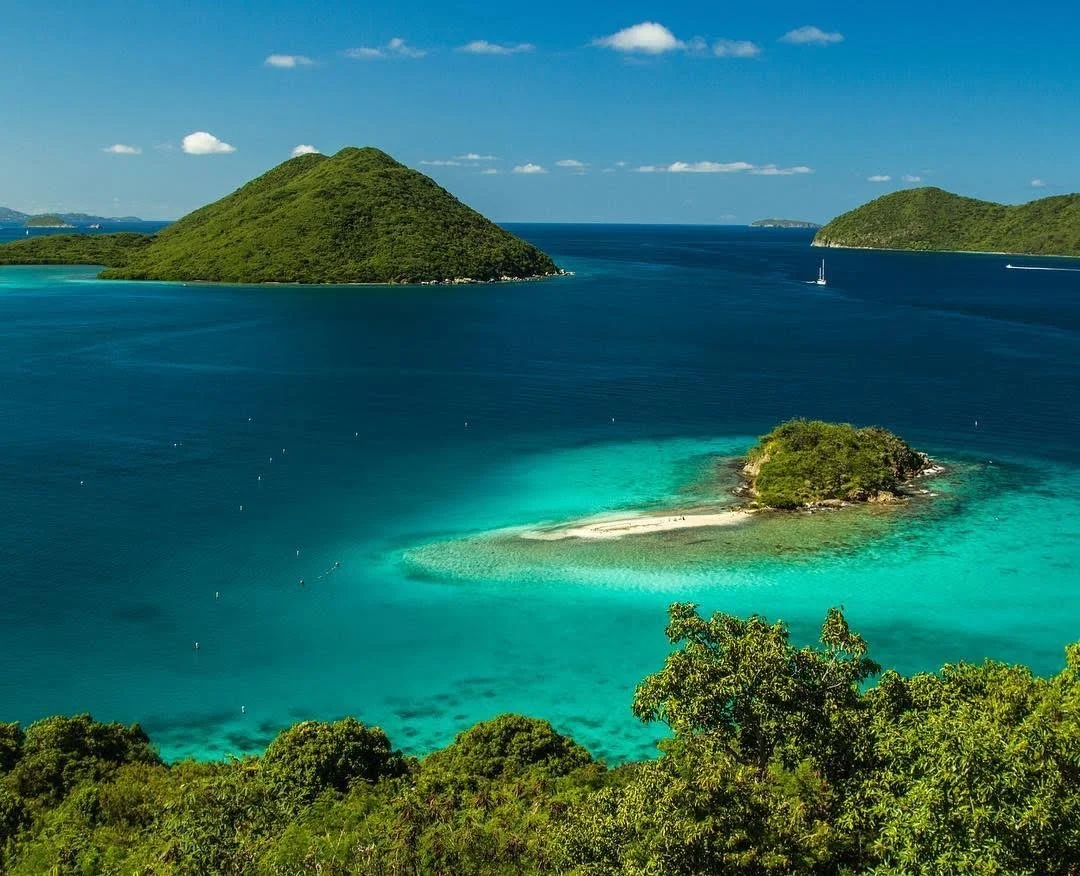The island of St. John’s in the Virgin Islands National Park is the homeland of the Kalinago (Island Carib) and Taino people. These two nations were the first to encounter the impacts of European colonization in the Americas. The history of these people is different than many American Indians in the mainland United States in that they weren’t displaced and do not fall under contemporary Indian law that structure the relationship between the U.S. and most other indigenous people on land it occupies. Instead, the Kalinago, who lived on the islands at the time of Columbus, were almost immediately enslaved.
The islands subsequently were occupied by France, Denmark, Britain, and finally the United States. With the notable exception of some Kalinago communities who managed to isolate themselves from colonizing forces, like the current self-governing Kalinago territory on Dominica, most Kalinago people intermarried with European settlers and African slaves, a cultural fusion that has created the distinctive Afro-Caribbean culture of the islands.
While this culture is important, is also has been used to erase the indigeneity of people of Kalinago descent in the Virgin Islands in a legal sense if not in the eyes of the people themselves.
And this is how settler colonialism works. Since indigeneity is a threat to the right of colonizers to occupy space, the system is designed so that all other identities subsume Indigenous identities. Black, white, Latin American, Afro-Caribbean, anything but Indigenous.
When you visit the Virgin Islands, remember that this is Native land and that complex, intersecting identities and backgrounds, while complicated and sometimes contradictory, don’t erase the resilience of Indigeneity in these spaces.


